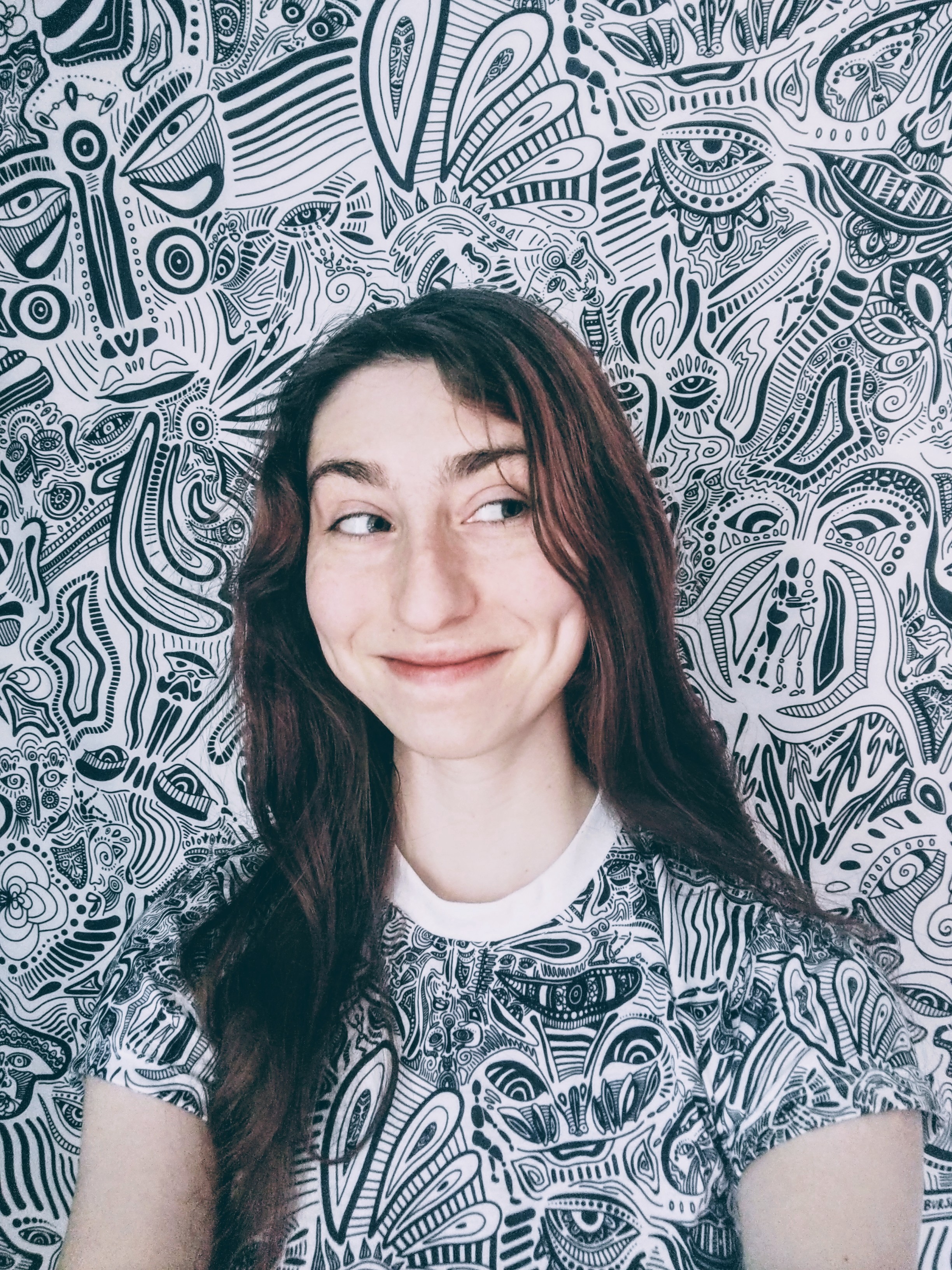
NFTs!? Cryptocurrency!? Blockchain!? Months ago none of this made any sense to me. Fast forward to last night, and now I can proudly call myself a #cryptoartist. Here’s the story of my adventure and experiences navigating the wild west of the NFT world!
I’ve laughed, and I’ve cried… Let’s begin my NFT rollercoaster ride:
It all started when my brother called me up and told me all about this hot & culture-shifting new thing called “NFTs.” He thought I should seriously look into it and get involved ASAP with my art & film work. He eloquently explained everything to me for an hour or so… and by the end of the conversation, I was very confused.
Why would anyone want to buy a “collectible” digital version of my art that was already available for anyone to see?
After the call, I jumped onto Google to do a bit of sleuthing…
What Are NFTs?
In case you don’t already know, here’s a quick summary of what NFTs are:
(If you do already know the basics, skip to the next section to start the adventure!)
NFT stands for “Non-Fungible Token.” You know what, I’m just going to quote Mitchell Clark in his article “NFTs explained.” I can’t explain it any better than him:
“Non-fungible” more or less means that it’s unique and can’t be replaced with something else. For example, a bitcoin is fungible — trade one for another bitcoin, and you’ll have exactly the same thing. A one-of-a-kind trading card, however, is non-fungible. If you traded it for a different card, you’d have something completely different.”
Anything can be turned into an NFT… visual art, music, photography, etc. Artists can “mint” their work (this is the process of getting your work onto the blockchain) and then set their terms.
All transactions are stored in perpetuity on the blockchain. Here’s how Euromoney explains it:
“Blockchain is a system of recording information in a way that makes it difficult or impossible to change, hack, or cheat the system. A blockchain is essentially a digital ledger of transactions that is duplicated and distributed across the entire network of computer systems on the blockchain.”
One of the exciting aspects of this NFT world is that artists can set a royalty rate. If and when a collector resells the NFT on the secondary market, the artist will receive royalties every time the NFT sells again!
That’s my attempt at quickly explaining NFTs! If you want to dig deeper, I recommend reading Mitchell’s article on The Verge.
One of the exciting aspects of this NFT world is that artists can set a royalty rate. If and when a collector resells the NFT on the secondary market, the artist will receive royalties every time the NFT sells again!
- &
- 9
- Adventure
- All
- Art
- article
- artist
- Artists
- Basics
- Bit
- Bitcoin
- blockchain
- buy
- call
- change
- Conversation
- credit
- crypto
- digital
- EU
- EV
- Experiences
- FAST
- Film
- First
- Forward
- hack
- How
- hr
- HTTPS
- ia
- information
- involved
- IP
- IT
- Ledger
- LG
- LP
- Market
- medium
- months
- Music
- network
- NFT
- NFTs
- photography
- Reading
- secondary
- sense
- set
- sold
- start
- started
- system
- Systems
- The Basics
- time
- trade
- Trading
- Transactions
- Video
- West
- Work
- world













